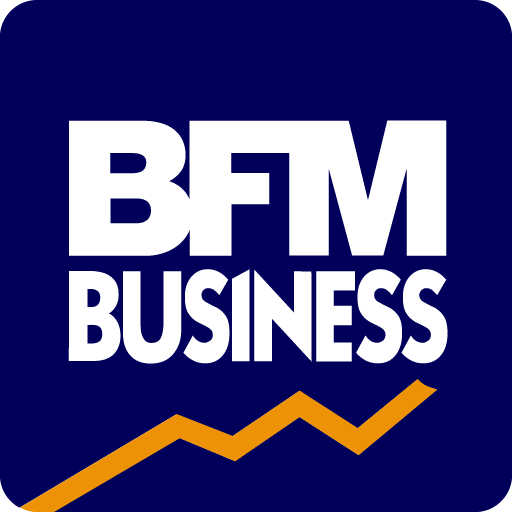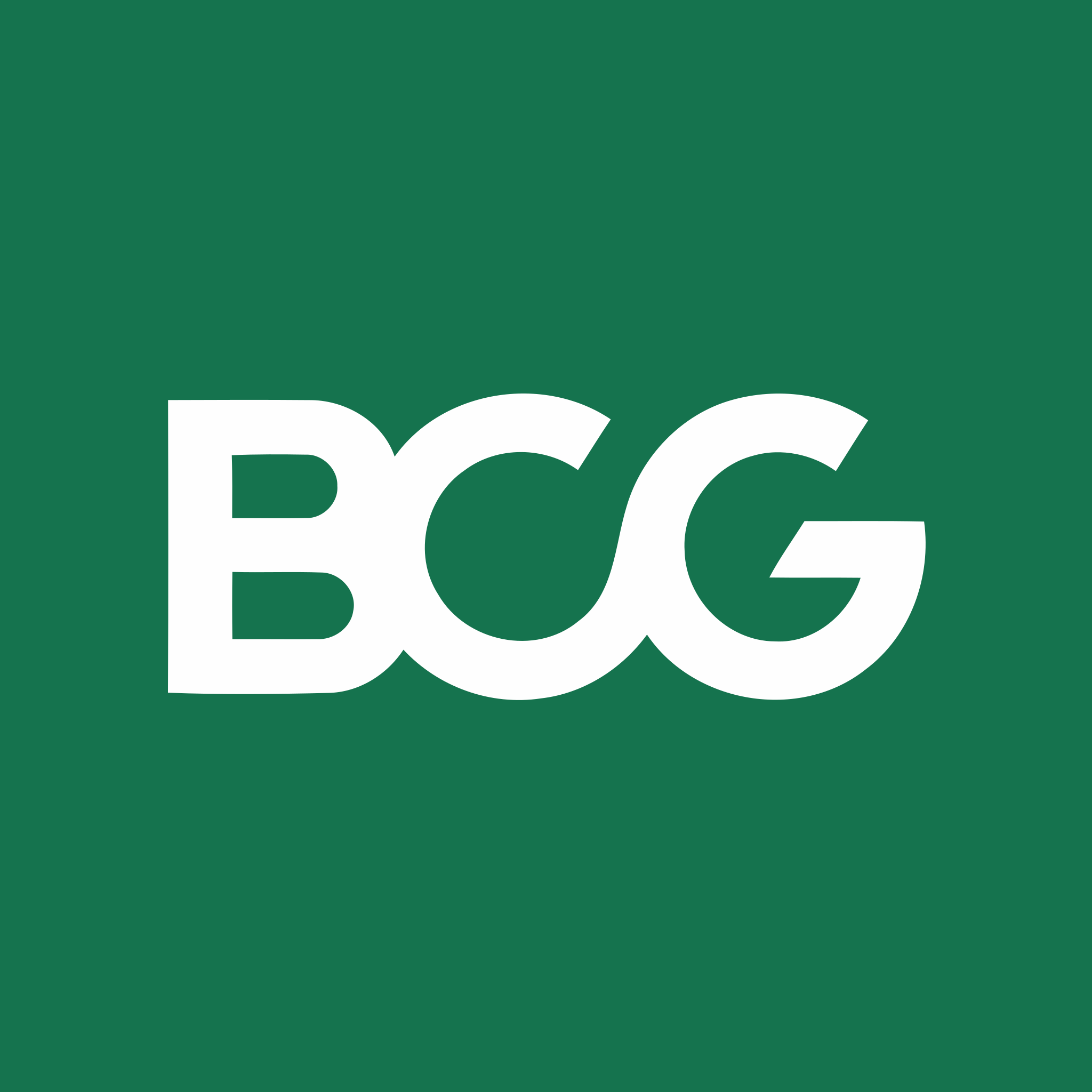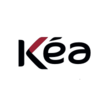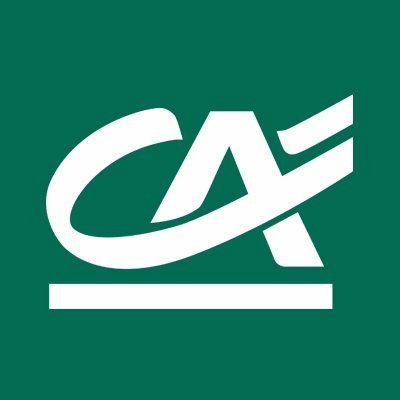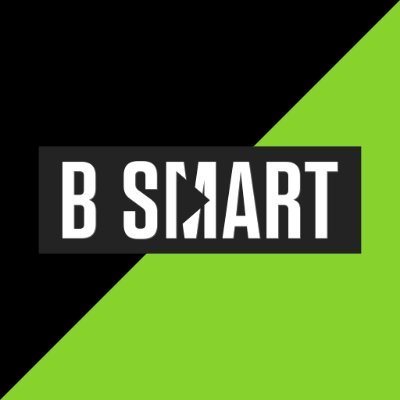Summary of our market study
The global e-learning market, valued at $165 billion in 2020, is anticipated to grow at a CAGR of 14.6% to reach $374 billion by 2026. This surge in demand is attributed to factors like increased digitalization, adoption of mobile apps and social media, familiarity with blended learning technologies, diffusion of virtual reality, and greater internet penetration in devices, alongside societal trends such as population growth and heightened standards of education. As a reaction to the COVID-19 pandemic's impact, there has been a significant shift towards e-learning, with a notable increase in internet use for online courses in Portugal, jumping from 6% to 14% in 2020. Europe, as of 2020, holds the largest share of the e-learning market at 35%, with content providers constituting more than half of the market share. Key global players in the market include Aptara, Inc., Adobe Systems, Inc., Cornerstone, and several others, providing a mix of mostly paid courses with a few free options available.
Portuguese E-Learning Landscape: A Surge in Digital Education
Portugal's e-learning market, though in its infancy, shows promising growth underpinned by a strong internet penetration that stands at approximately 85% of households. Interestingly, the usage of computers, despite a slight dip, is significantly higher among the youth, which bodes well for the digital learning domain. In an era dominated by advancements in technology and connectivity, Portugal is not far behind with a steady rise in frequent and regular internet use, reaching nearly 70% and 76%, respectively. The inflow of international e-learning providers into the Portuguese market has been significant, with platforms like Coursera, Udemy, and Miriadax offering an array of courses, many of which are now available in Portuguese. Despite intense competition, domestic players, such as CEAC and Master.d, maintain a foothold by offering localized courses aligning with the needs of Portuguese residents.
Perceptibly, the drivers of e-learning in Portugal span from infrastructure, such as internet connectivity and device ownership, to skill sets like digital competencies. Reports indicate that nearly 90% of the 16-24 age group possess essential digital skills, suggesting a tech-savvy future population. However, when the lens is broadened to include the entire populace, this figure slightly lags behind the European average. Looking at Portuguese behavior towards e-learning, a considerable number display a propensity toward this mode of education, with management, visual arts, and IT being the most popular subjects. Remarkably, despite a third of the participants opting for free courses, the rest were willing to invest an average of nearly 300 euros into their online education. Pricing strategies for e-learning in Portugal reveal diverse models including pay-per-learner, pay-per-use, and license fees, accommodating a range of consumers from individual learners to large organizations. The production costs can touch approximately 35,000 euros for an hour of course content, indicating substantial investments made in the creation of e-learning modules.
Key Players Shaping the E-Learning Landscape
In the dynamic world of e-learning, a blend of global heavyweights and specialized local entities are pushing the boundaries of digital education, both internationally and within Portugal. Diverse in their offerings and origins, these players are contributing significantly to the transformative wave of online learning that caters to a myriad of educational needs. Below, we explore the pivotal entities that are driving growth and innovation in the e-learning market.
Global Titans Paving the Way:
- Coursera : Originating from the USA, Coursera stands as a colossus in the e-learning domain, providing an extensive array of courses across disciplines like Big Data, Computer Programming, and Cryptocurrency Technology. This platform is predominantly known for its paid courses in partnership with prestigious universities and organizations worldwide.
- Udacity : Another major player from the USA, Udacity specializes in cutting-edge subjects such as Digital Marketing, Artificial Intelligence, and Automotive Engineering. The platform offers mostly paid courses, focusing on upskilling and reskilling with Nanodegrees and executive programs.
- Udemy : A hub for learners and professionals seeking knowledge in Web Development, Financial Management, or Neuro-Linguistic Programming, Udemy is also based in the USA. It provides a mix of paid courses that cater to a wide range of fields, serving as a platform where anyone can create and sell their courses.
- Duolingo : Known for its game-like language learning approach, Duolingo from the USA offers free language courses with optional premium features. It has garnered widespread acclaim for making language learning accessible and fun.
- Edx : A joint venture by academic institutions, Edx, from the USA, offers an array of mostly free courses in subjects like Chemistry and Economics. This platform is known for its emphasis on open access and collaboration across universities.
Portuguese Prodigies Cultivating Local Expertise:
- Mais Cursos : Functioning as a comprehensive search engine for online courses tailored to Portuguese speakers, Mais Cursos plays a pivotal role in connecting learners with a variety of e-learning opportunities.
- Nau : Uniquely positioned as a platform bundling free online courses, Nau serves as a digital portal to mass education, allowing learners to explore diverse subjects at no cost.
- CEAC : A Portuguese platform offering paid courses in areas like Education and Construction, CEAC addresses the need for vocational and professional training within the country.
to understand this market
Detailed content of our market study
 Inforamtion
Inforamtion
- Number of pages : 35 pages
- Format : Digital and PDF versions
- Last update :
 Summary and extracts
Summary and extracts
1 Market overview
1.1 Definition and Introduction
E-learning, or digital learning, is a learning method through online platforms and services. E-learning is used for personal and/or professional training. There are three main categories of e-learning :
- MOOCs (Massive Online Open Courses) are generally free open access courses; upon completion, participants can obtain certifications
- SPOCs (Small Private Online Courses) are similar to MOOCs, but are fee-based. In fact, their access is limited to specific users, such as university students. They can also be used to obtain certifications.
- COOCs (Corporate Open Online Courses) are used by companies to train their employees.
E-learning is linked to the vocational training and education sectors. The methodology democratizes access to training, as it allows flexibility in education and access to all users with an Internet connection, regardless of their location.
The digital learning market in Portugal is still quite small, but its growth prospects are quite promising; currently, 84.5% of the Portuguese households are connected to the internet, a proportion that is expected to keep on growing at a steady rate. Moreover, computer use in Portugal is also increasing among families. These aspects make the Portuguese e-learning market quite a promising one.
The Covid-19 pandemic also served as a boost to the e-learning market in Portugal, with the percentage of people using the internet for undertaking online courses more than doubling between 2019 and 2020.
In regards to the platforms being used, the main players are the international platforms such as Coursera or Udemy. However, Portuguese platforms are slowly emerging. While some of these e-learning platforms are independent, most of them tend to be associated to education institutions.
The still embrionic development of the market and the low barriers to entry could, however, encourage the emergence of new players in this market.
1.2 The global market
In **** the global e-learning market was valued at *** billion dollars. This market is expected to grow at a compound annual growth rate (***) of **.*% to reach a size of *** billion dollars by ****.
Global e-learning market World, ****-****, in billions of dollars Source: ****
The COVID-** pandemic has created massive potential and opportunity in this market, hence the huge predicted growth, however there are also other factors contributing to this growth:
the increased use digitalisation of society and greater use of mobile apps and social media familiarisation and adoption of blended learning technologies increased diffusion or virtual reality technologies higher Internet penetration and Internet compatibility in devices Population growth and increased standards of living and scolarisation
Europe is the biggest market for e-learning accounting for **% of the global share in **** [***].
Content providers are the biggest players in this market accounting for more than half of the market share.
E-learning market share, by type of company World, ****, in % Source: ****
The biggest global players include companies such as Aptara, Inc., Adobe Systems, Inc., Cornerstone, Citrix Education, Meridian Knowledge Solutions, Microsoft Corporation, SAP SE, NetDimensions., Oracle Corporation and others.
1.3 The growing Portuguese market
As seen in the previous section (***) of this study, Europe is the world's largest market for e-learning, accounting for **% of its share in **** for a total of ** billion euros. In Portugal, it is estimated that **% of the population was using e-learning platforms in **** - or *.* million people [***].
To calculate the size of the e-learning market in Portugal, we first need to discover what is the number of e-learning users in the world – which was estimated at just under ** million in **** [***].
In ****, the share of the Portuguese population using e-learning platforms was of approximately *% - or *** thousand people. Therefore, we can say that the Portuguese market represented just over *% of the global market.
Thus, the Portuguese market can be estimated at approximately *.* billion US$ in ****, assuming that it behaves in a similar way as the global market.
1.4 The impacts of the Covid-19 pandemic
The COVID-** pandemic and the resulting lockdowns hurt many economic sectors. Understandably, the e-learning market is one that benefited. With offices and schools closed all types of activity, instruction and work had to be done online.
In fact, statistics provided by Eurostat show that the number of people undertaking online courses in Portugal more than doubled between **** and **** – from *% to **% [***].
People using the internet for E-Learning Portugal, ****-****, in % of total population Source: ****
2 Demand Analysis
2.1 Determinants of demand
There are three major factors that are crucial to e-learning: Internet connectivity, ownership of a device, and technical competencies.
Internet connectivity
The number of households that are connected to the internet in Portugal has been growing very strongly over the last * decades. In fact, the percentage of households connected to the internet in **** was **.*%, up from **.*% in **** and **.*% in **** [***].
Internet connectivity by households Portugal, ****-****, in % of total households Source: ****
The increasing rate of internet connectivity among Portuguese households is definitely an aspect that is beneficial for the growth of the e-learning sector in the country.
Moreover, we can see that the frequency of internet use in Portugal has been following a steady increase for the last few years. The frequency of internet use can be divided into two categories:
Frequent use: Every day or almost every day Regular use: at least once a week
While for both of these categories Portugal is slightly behind the European average, the growth in frequency of internet use has been growing at a similar rate as the rest of the EU. As of ****, the percentage of regular users was **%, while the percentage of frequent users was **% [***].
Frequency of internet use Portugal, ****-****, in % of ...
2.2 Growing demand for e-learning
In Portugal, the amount of people using internet for doing an online course had been growing very slowly up until ****. However, the Covid-** pandemic boosted this and the amount of people doing online courses more than doubled; *% in **** vs. **% in **** [***].
People using the internet for online courses Portugal, ****-****, in % total population Source: ****
2.3 Portuguese behaviour towards e-learning
Following from the crisis caused by the Covid-** pandemic, the e-learning sector actually managed to thrive from it, as demand for these types of services increased. A study by Fixando in **** shows just how popular e-learning platforms are in Portugal.
First of all, it is important to note that **% of the people interviewed in this study have already taken an online course, of which **% of them said to have done it because of the extra time they had due to the lockdown and quarantining restrictions.
Moreover, **% of the people inquired said that they use e-learning platforms as they are great tools to educate themselves on the short-term. In addition, **% of them would conssider taking another online course in the future.
In terms of what fields/areas the Portuguese learn about using online courses, the most popular is management (***).
Most popular fields to use e-learning for Portugal, ****, in % of people inquired Source: ****
Furthermore, it is interesting to note that only **% of the participants of this study undertook the online course for free, while the rest of them paid on average €***. However, despite this, **% of the inquired consider the prices offered by e-learning platforms to be quite unaffordable.
Type of online courses the ...
3 Market structure
3.1 The international players
Given the global reach of the e-learning market, a very important part of the Portuguese market can be attributed to international players. Among these players, we can note the following platforms:
Source: ****
Most of these e-learning platforms (***) offer courses in Portuguese, making it accessible for people that potentially do not speak foreign languages.
3.2 The players specialised in Portugal
While the international players make up the largest share of the online courses being undertaken in Portugal, there are still some domestic players that participate in this market.
For the Portuguese players, many of the courses offered are by universities and education institutions. However, there is a fair share of courses being offered by organisations that specialise in e-learning. One organisation that stands out in this sector is Mais Cursos, which works as a sort of search engine for online courses being offered in Portugal and for the Portuguese. Similarly, Nau is a platform that bundles free online courses made available in bulk.
From the Portuguese platforms offering online courses, below are some of the main ones:
Source: ****
4 Analysis of the offer
4.1 The e-learning offer
When deciding between different platforms to use for undertaking online courses, people need to consider different aspects of the offer. Below are some of the aspects [***]:
Quality of the course provider That the course is in line with the person's objectives How applicable/useful the knowledge gained from the course will be How good of an investment it is (***)
Moreover, the courses can be divided into different subsegments. For example, while some online courses are offered for free, the vast majority of them are usually available for a price. Similarly, some MOOCs can be done at any time, while others are only accessible at certain times and you need to stick to the schedule [***].
In addition, the offer of online courses can be separated into what type of courses are available. For instance, some platforms are more specialised in offering courses within the field of business and finance, while others are specialised in IT and AI, and others in languages.
Fianlly, MOOCs are composed of various types of content: video lectures, expert interviews, various reading materials, discussion forums and tests [***].
4.2 Prices and production costs
The price of e-learning courses can vary enormously, from a free video to a tailor-made course ordered by a large company.
In the educational environment, when schools, colleges, and high schools integrate e-learning activities into their curricula, this does not generate additional costs for parents.
Academic environment
Concerning e-learning offered by universities and higher education institutions, the price of training courses varies according to the modalities, such as the reputation of the institution, the entry-level required to follow the training or the subjects taught. Some courses are courses lasting a few dozen hours, at the end of which a certificate is issued. Others are longer and offer diplomas similar to those obtained in face-to-face courses.
For example, the FUN MOOC platform offers a certificate "From Manager to Leader or how to become agile and collaborative", whose course costs €** for * to * hours of work over * weeks
Private universities, on the other hand, offer more expensive training courses
Professional environment
Demos offers a car insurance e-learning package at €*** HT, with a duration of * hours, and another on the theme of Agricultural activity costing €*** HT and for * hours First Finance offers training courses on banking culture from €***, for ** hours and spread over * weeks
The ...
4.3 New trends in e-learning
Measurability
Training is no longer being considered unrelated to corporate objectives. The tools for evaluating it and measuring its actual impact on the business are already very important today and will become increasingly important in the coming years.
*G
*G will consolidate what is already happening with *G, i.e. reducing or even eliminating waiting times. More powerful connections lead to better online learning experiences: ready-to-use content, fast-loading videos, real-time content updates. Speed, which is already a decisive quality parameter for classic websites, will also become increasingly important for e-learning platforms.
Social learning
The use of tools facilitating the sharing of content from experts to users is increasing, providing a well-structured wealth of information delivered via technological tools. Training platforms are increasingly oriented in this direction and offer collaborative areas for sharing ideas, discussion among course colleagues, and direct communication with tutors and teachers. In addition to social learning, there is also coaching, i.e. an experienced employee who passes on his or her knowledge to less knowledgeable colleagues, as has always been the case in the classical workplace. Chats, forums, and videoconferencing tools support this kind of activity.
Virtual Reality (***)
Both of these technologies help to support 'learning ...
5 Regulations
5.1 Regulations
To understand the regulations that govern the e-learning activity in Portugal, we use the information provided by the Panorama E-learning.
The information gathering exercise carried out for the national reality has made it possible to identify a reduced number of normative instruments in which the matters covered include the regulation of e-Learning.
This regulatory framework emerges in the context of a public policy for e-Learning strongly oriented by public investment planned and structured in the context of the "Quadros Comunitários de Apoio (***)".
In QCA I and II some initiatives were designed and implemented to support the acquisition of technologies that supported the development of some national experience, this experience being complemented by consecutive bets on educational technologies in terms of support for European projects and programmes.
In the QCA III, there was clearly a national bet on e-Learning, having happened in other European countries. This bet was consolidated and developed by INOFOR - Institute for Innovation in Training, and later continued by IQF - Institute for Qualification in Training. Moreover, POEFDS (***) was the operational programme that financed the investment in distance training products. At that time it was possible to develop distance learning offers financed by the FSE and many ...
6 Positioning of the players
6.1 Segmentation
- Coursera
- Docebo
- Udemy
- Udacity
- Duolingo
- CEAC
- E-Learn PT
All our studies are available online in PDF format
Take a look at an example of our research on another market!
 Choosing this study means :
Choosing this study means :
Access to more than 35 hours of work
Our studies are the result of over 35 hours of research and analysis. Using our studies allows you to devote more time and added value to your projects.
Benefit from 6 years' experience and over 1,500 industry reports already produced
Our expertise enables us to produce comprehensive studies in all sectors, including niche and emerging markets.
Our know-how and methodology enable us to produce reports that offer unique value for money.
Access to several thousand articles and paid-for data
Businesscoot has access to all the paid economic press as well as exclusive databases to carry out its market research (over 30,000 articles and private sources).
To enhance our research, our analysts also use web indicators (semrush, trends, etc.) to identify market trends and company strategies. (Consult our paying sources)
Guaranteed support after your purchase
A team dedicated to after-sales service, to guarantee you a high level of satisfaction. +44 238 097 0676
A digital format designed for our users
Not only do you have access to a PDF, but also to a digital version designed for our customers. This version gives you access to sources, data in Excel format and graphics. The content of the study can therefore be easily retrieved and adapted for your specific needs.
 Our offers :
Our offers :
the e-learning and MOOCs market | Portugal
- What are the figures on the size and growth of the market?
- What is driving the growth of the market and its evolution?
- What is the positioning of companies in the value chain?
- Data from several dozen databases
5 reports pack (-15%) PT Portugal
- 5 reports at €75.6 excluding VAT per study to choose from our Portuguese catalogue for 12 months
- Save 15% on additional studies purchased
- Choose to be refunded any unused credit at the end of the 12-month period (duration of the pack)
See the terms and conditions of the pack and the refund of unused credit.











